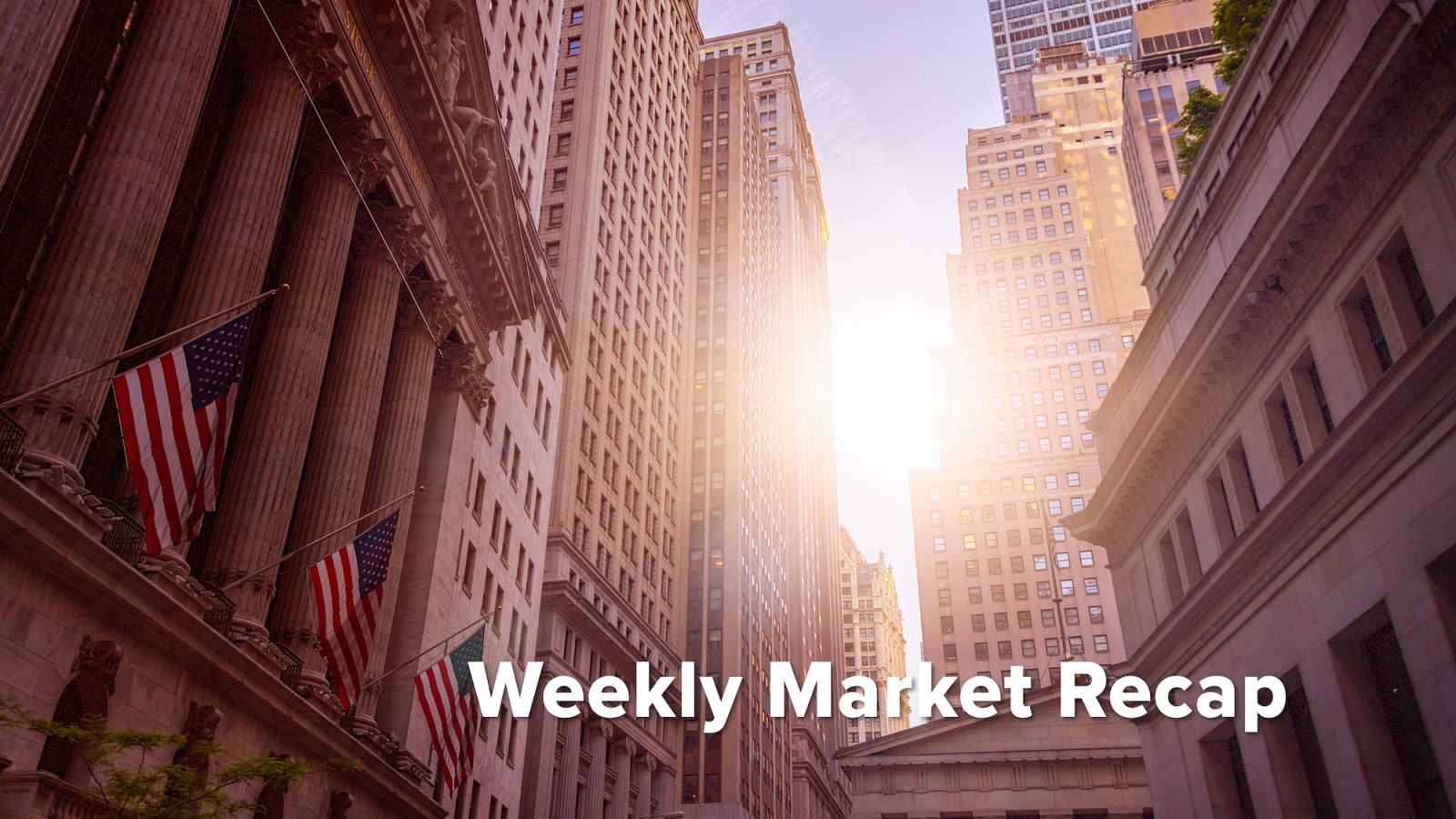What Happened Last Week
Tariff Impact: Equity markets declined following Trump’s announcement of 25% auto sector tariffs, pushing U.S. tariffs to their highest level since the 1940s.
- Market Weakness: The S&P 500 failed to reclaim its critical 200-day moving average and is headed toward its worst month since September 2022.
- Consumer Woes: Consumer sentiment deteriorated sharply due to escalating policy uncertainty and growth fears.
What We’re Watching This Week
- Liberation Day: Markets expect a major tariff policy announcement on April 2nd; clear, concrete policy and lower tariff rates may lift sentiment.
- Data Releases: March payrolls report and job openings are less important than usual given the expected tariff news.
- Powell’s Outlook: Jerome Powell’s remarks following payroll data unlikely to signal any big policy changes.
Investment Management Team Views
- Last week was more of the same recent pattern – if tariffs are dominating the news cycle, then markets are not going to like it. After conflicting reporting drove an equity rally early in the week, equity markets moved lower following President Trump’s announcement of 25% tariffs directed toward the auto sector. According to calculations from Piper Sander, the overall tariff rate on goods imported into the U.S. is now its highest since the 1940s. The S&P 500 tried and failed to retake its 200-day moving average last week, a key measure of overall trend, and the index is set for its worst trading month since September 2022. With “Liberation Day” fast approaching, market volatility is unlikely to subside anytime soon.
- Falling sentiment (for consumers, businesses, and investors) and policy-related growth fears are sparking a reach for defensive exposures across markets. Two well-known consumer surveys released last week reflected resoundingly negative consumer sentiment across both growth and inflation. Business sentiment, which also got a major boost from Trump’s reelection, is similarly sliding fast. Surveys have not reliably forecasted changes in economic activity in the post-Covid era, but that does not mean they should be ignored. A rapid deterioration across a majority of consumers and businesses is something that could weigh on the economy. For sentiment to improve, trade policy uncertainty will have to fall – we may get that as soon as this week.
- Friday’s nonfarm payrolls would normally be the most important market catalyst of the week; however, with “Liberation Day” around the corner, tariff developments will once again dominate the price action. Markets usually rally after big, known risk events like April 2nd, but we won’t know until we see the details. Investors will reward concrete policy, as well as the lower overall tariff rates. At the end of the week, Powell will speak on the economic outlook following the payroll release.

